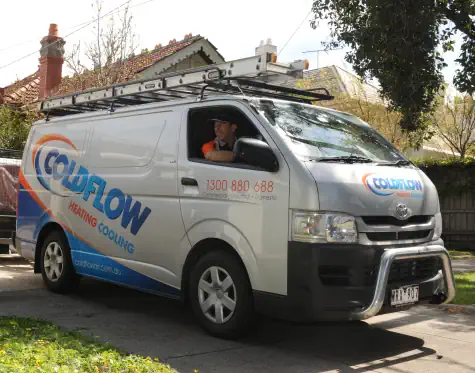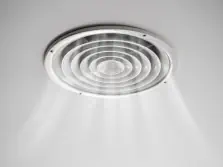
How to Tell If Your Ducted Heating System Needs Repair
Detecting faults early in your ducted heating prevents emergency breakdowns, unsafe conditions and inflated energy bills.
Coldflow outlines key indicators and practical checks you can perform at home.
Major Components Under the Hood
- Gas Furnace & Burners
- Heat Exchanger
- Inducer & Blower Motor
- Zone Dampers & Thermostat
- Duct Network
Early Warning Signs
Cold air on Heat Mode
Could indicate a faulty gas valve, blocked burners or sensor failure.
Intermittent Operation (Short Cycling)
Causes excessive wear; often due to thermostat miscalibration or airflow restriction.
Unusual Noises from Ducts
Rattles (loose panels), whines (motor bearings), bangs (pressure imbalance).
Burning or Electrical Smell
Must be addressed immediately—possible control board or wiring fault.
Thermostat Error Codes
Modern systems display fault codes for diagnostics.
DIY Checks Before Calling a technician
- Replace or clean filters.
- Ensure vents are open and unobstructed.
- Check thermostat batteries and settings.
- Listen for unusual sounds at startup/shutdown.
Coldflow Professional Repair Process
- Diagnostics: Combustion analysis, pressure tests, fault code readout.
- Component Service: Burner adjustment, pilot/igniter replacement, heat exchanger clean.
- Duct Inspection: Seal leaks, clean debris, balance airflow.
- Safety & Efficiency Tuning: CO test, blower calibration, zone damper check.
Ignoring signs can lead to breakdowns mid winter. If your system exhibits any warning flags, schedule a Coldflow service promptly. Book a repair.
View Air Conditioning Articles







 Dealer Only Brands: Daikin, Breezair, etc.
Dealer Only Brands: Daikin, Breezair, etc.
